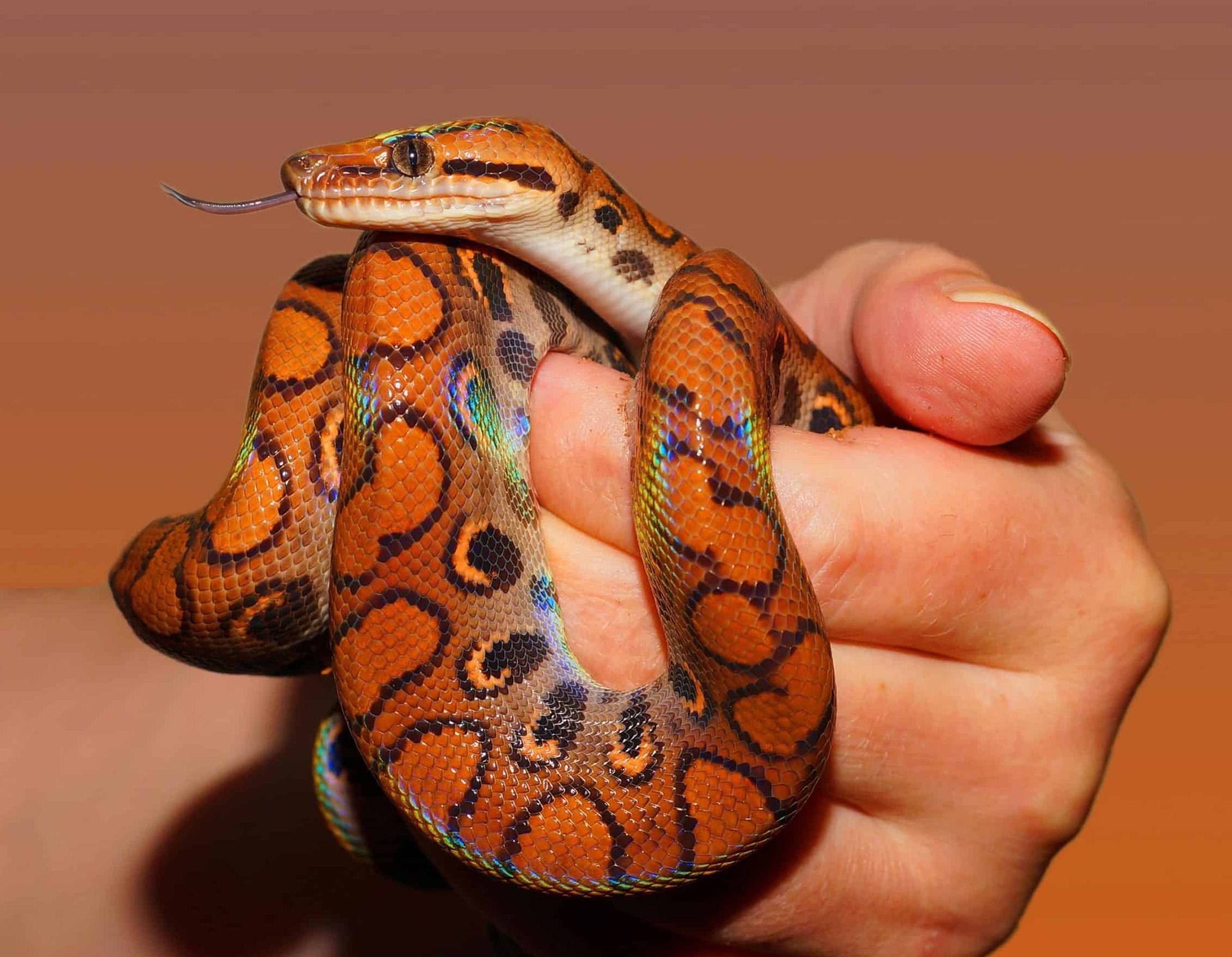What’s the Ideal Temperature and Humidity Level for a Corn Snake’s Terrarium?

If you’re a reptile enthusiast or pet owner, it’s key to ensure the best possible living conditions for your scaly friend. Corn snakes, in particular, require specific temperature and humidity levels in their enclosures to thrive. With the right level of care, your snake will enjoy an ideal habitat to grow and live. This article will guide you on the ideal temperature and humidity levels for a corn snake’s terrarium, in addition to other factors that contribute to the snake’s wellbeing.
Setting Up the Perfect Enclosure for Your Corn Snake
Corn snakes are native to North America and are popular pets among reptile enthusiasts for their docile nature. They require a vivarium or terrarium that mimics their natural habitat. The enclosure should have a thermo-gradient, meaning it is warm on one end and cooler on the other. This gradient allows the snake to self-regulate its body temperature by moving within the enclosure.
Avez-vous vu cela : How to Train an English Springer Spaniel to Retrieve Game Without Damaging It?
The substrate, or bedding, is another vital aspect to consider. Aspen shavings, newspaper, and reptile carpet are some of the best substrates for corn snakes. They provide the snake with the opportunity to burrow and hide, which is a natural behavior for this species.
In order for your pet to thrive in its habitat, the enclosure should also have hiding spots, climbing structures, and a secure lid to prevent escape.
Cela peut vous intéresser : What Are the Best Strategies for Preventing Resource Guarding in a Multi-Dog Household?
Balancing the Ideal Temperature for Corn Snakes
Corn snakes are ectothermic animals, which means they rely on external sources to regulate their body temperature. For this reason, maintaining the right temperature in their habitat is crucial for their survival and well-being.
The optimal temperature range for a corn snake’s enclosure is between 70°F to 85°F. The warm end of the enclosure should be maintained at around 85°F, while the cooler end should be kept at about 70°F. This temperature gradient will allow the snake to choose its preferred temperature at any given time.
To achieve this, you can use a heat mat or a heat lamp. However, be cautious that the heat source is not directly in contact with the snake, as it could lead to burns. A thermometer is also essential to ensure accurate temperature monitoring.
It’s worth mentioning that UVB lighting isn’t necessary for corn snakes as it is for some other reptiles. However, providing a natural light cycle that mimics daylight and nighttime can be beneficial for the snake’s overall health.
Maintaining the Right Humidity Level
Humidity plays a critical role in a corn snake’s health, particularly in aiding its shedding process. The ideal humidity level for a corn snake’s enclosure is between 40% to 50%. This can be increased to up to 70% during shedding to facilitate the process.
A hygrometer, a tool to measure humidity, is a must-have for any reptile owner. Misting the enclosure with water can help increase humidity levels, but be sure not to overdo it as too much humidity can lead to respiratory issues in snakes.
Another way to maintain humidity is by using a moisture-retaining substrate and providing a large water dish. The water dish serves a dual purpose of providing hydration and raising humidity levels.
A Zen Environment for Your Corn Snake
A peaceful and stress-free environment contributes greatly to the health of your pet corn snake. Loud noises, frequent handling, or a vivarium in a high-traffic area can stress the snake, leading to health issues.
Creating a Zen-like environment means providing your snake with ample hiding places and ensuring the enclosure is in a calm, quiet location. Minimize handling, especially during the first few weeks of bringing the snake home, and during their shedding period.
Feeding Your Corn Snake
The food you provide your corn snake is as important as the environmental factors in its enclosure. Corn snakes are carnivorous, and their diet primarily consists of rodents. Mice are the ideal food source for them, provided either live or pre-killed.
The size and frequency of feeding depend on the snake’s age and size. Hatchlings will eat smaller prey more frequently, while adult corn snakes will consume larger prey less often.
Remember, each snake is unique, and their needs may vary slightly. Care for your pet by observing its behavior closely and be ready to adjust its environment as needed. A healthy snake is a happy snake, and with the right care, your corn snake will lead a long and fulfilling life.
Selecting the Right Accessories for Your Snake Enclosure
Creating the perfect habitat for your corn snake is more than just maintaining the right temperature and humidity levels. The use of appropriate accessories can significantly enhance the quality of life for your pet snake. These can include items from reputable brands like Zoo Med, known for its high-quality reptile accessories.
A well-equipped snake enclosure often includes elements that allow the snake to exhibit natural behaviors. For instance, extension kits can provide additional climbing space, which corn snakes will appreciate as they tend to explore their surroundings vertically as well as horizontally.
The tank should also have a variety of hiding spots to make your snake feel secure. This can be achieved by arranging rocks and branches or by installing commercially available hide boxes.
Adding a little color to their environment doesn’t hurt either. Corn snakes can see certain colors, and a touch of green, red, or black colors can create a visually stimulating environment for them. However, avoid overly bright colors as they can stress the snake.
When considering the size of the enclosure, remember that a corn snake can grow up to 5 feet long. A reptile enclosure similar in size to a 20-gallon long tank is adequate for one adult corn snake. Ensure that the enclosure has a secure lid as corn snakes are known to be skilled escape artists.
Conclusion: Ensuring the Health and Happiness of Your Corn Snake
Caring for a corn snake requires dedication and a good understanding of their needs. Just like a bearded dragon or any other pet, a corn snake requires a specific environment to thrive. By following the guidelines in this snake care sheet, you are ensuring that your pet lives in a setup that closely mimics its natural habitat.
Remember, your pet’s health reflects how well it is cared for. So, keep a constant check on temperature and humidity levels in the terrarium, provide a balanced diet, and create a low-stress environment for your snake. Join Zen Rewardz program to get insights and tips on creating the perfect environment for your snake. You can sign up using the sign Zen or Coinz sign option.
Don’t forget that caring for your pet also includes regular health check-ups with a vet experienced in reptile care. No code required nor required coinz for regular check-ups, as they are an integral part of responsible pet ownership.
Remember to keep an eye on sale enclosures and to use kits code to get discounts on enclosures extension. An upgrade or expansion of the habitat can be a great way to reward your pet for being a part of your life.
In conclusion, owning a corn snake is a rewarding experience. They have their own personalities and watching them grow in the habitat you have created for them is truly satisfying. With proper care and attention to their needs, your corn snake will live a long, happy, and healthy life in its bamboo black or any other suitable terrarium.
